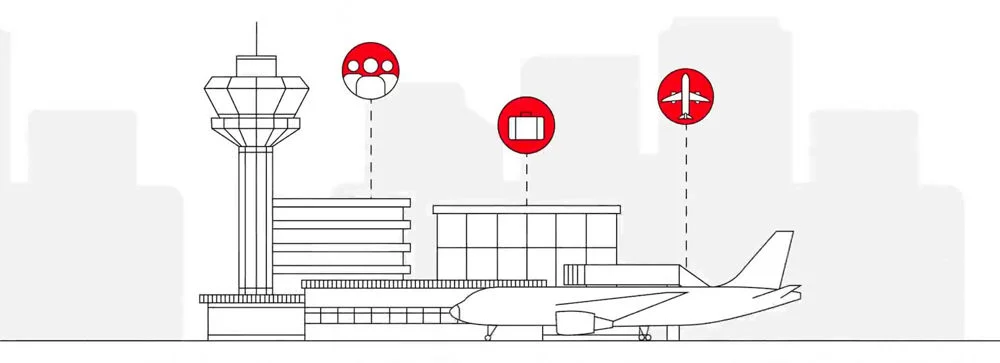Explore
Discover more about our expertise:
Experts
Contact our team

Raj Patel
Principal
Raj Patel is an Arup Fellow and Global Leader of the Acoustics, Audiovisual, and Theatre Consulting practice.

Henry Chan
Associate Director
With over 20 years experience, Henry is a skilled professional with expertise in design and management.

Shane Myrbeck
Associate Principal
Shane is an Associate Principal in Arup’s Los Angeles office. He offers expertise in room acoustics, interactive and multisensory installation design, and audiovisual systems.

Adam Thomas
Senior Consultant
Adam leads operations and initiatives of the Arup SoundLab across the UK and Europe. He is a senior consultant with Arup specialising in experience design for our Acoustics, Audio Visual and Theatre (AAVT) business.
Digital solutions and tools
Our experts in software and product development design and develop robust applications and tools to enable better decision making for our clients.














